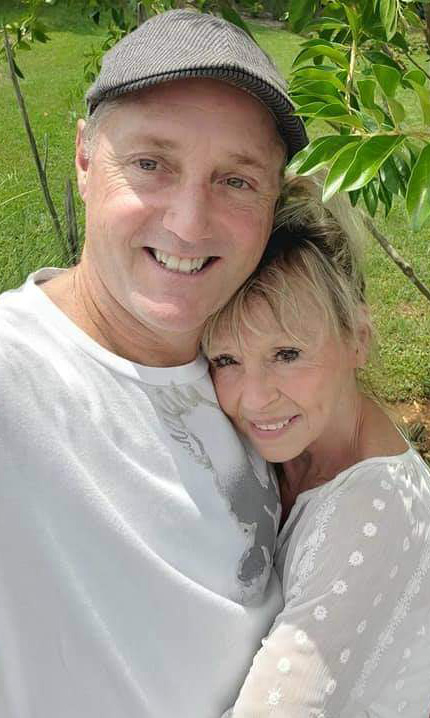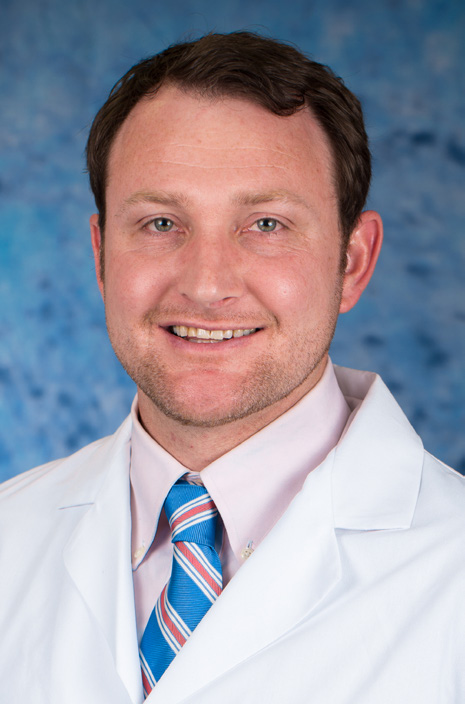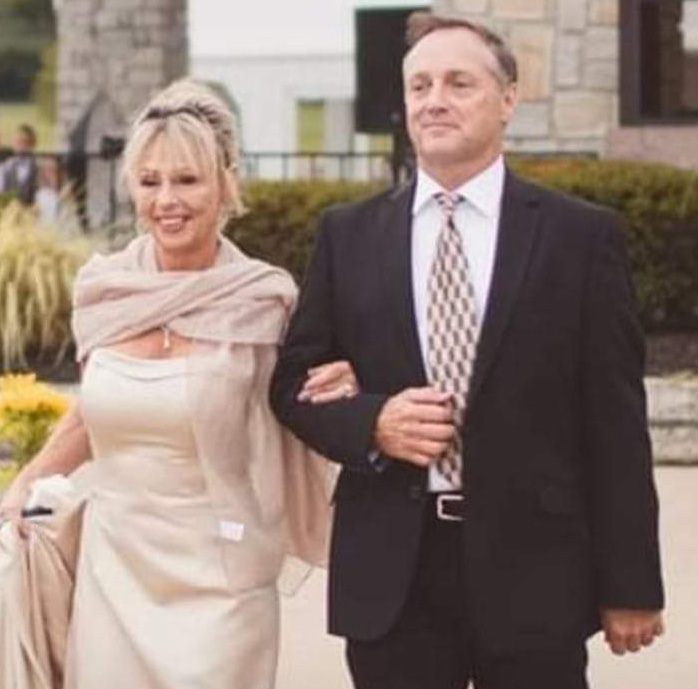- Find a DoctorDoctors by Specialty
- Cardiac Electrophysiology
- Cardiology
- Colon & Rectal Surgery
- Family Medicine
- Gastroenterology
- General & Vascular Surgery
- Gynecological Oncology
- Gynecology
- Infectious Disease
- Internal Medicine
- Interventional Cardiology
- Interventional Radiology
- Nephrology
- Neurology
- Neurosurgery
- Obstetrics & Gynecology
- Oncology
- Oncology & Hematology
- Orthopedic Surgery
- Otolaryngology
- Perinatology
- Psychiatry
- Pulmonary Medicine
- Radiation Oncology
- Rheumatology
- Sleep Medicine
- Thoracic Surgery
- Urology
- View All Doctors
- Our ServicesMedical Services
- Bariatric Services
- Behavioral & Mental Health
- Breast Care
- Cancer Care
- Critical Care
- Ear, Nose, & Throat
- Emergency Services
- Gastroenterology
- Glossary
- Heart Care
- Home Care
- Hospice & Palliative Care
- Imaging & Diagnostics
- Long-Term Care
- Nephrology
- Orthopedics
- Primary Care
- Rehabilitation Therapies
- Robotic-Assisted Surgery
- Sleep Services
- Spine Care
- Stroke Care
- Surgery Services
- Telehealth Services
- Urology
- Urgent Care
- Virtual Urgent Care
- Women’s Services
- Wound Care
- Our Locations
- Patients & Visitors
- About Us

Charlene Henderson, nicknamed “Charlee,” is a vivacious Hamblen County resident with a heart for family and an appetite for adventure. At 4-feet 1-inch tall and weighing less than 100 pounds, she jokes that she is packed small but fiery, like a firecracker. Now retired, Henderson enjoys knitting, gardening and going on RV trips with her husband.
Since she was a child, Henderson had experienced heart palpitations. It felt like her heart was skipping a beat.
In early summer of 2020, Henderson’s heart was trying to tell her that something was not right. She recalls the stress of working a hectic customer service job during a pandemic. She often felt anxious or her chest felt heavy. In the middle of a busy shift, she sometimes found it difficult to catch her breath.
After consulting with a local cardiologist, Henderson was told she needed more diagnostic testing and possibly surgery. She was referred to H. Frank Todd, MD, cardiovascular surgeon with East Tennessee Cardiovascular Surgery Group. She ventured to Parkwest Medical Center in Knoxville to see Dr. Todd with trepidation, because she knew something was amiss.
A Heavy Heart

A Heavy Heart Dr. Todd confirmed that something was indeed wrong. Her mitral valve was leaking. If she continued without intervention, Henderson faced continually worsening shortness of breath, increased risk of heart failure or increased risk of sudden death. He recommended surgery to repair the valve.
“ When Dr. Todd walked in the room, a quiet presence came over me immediately,” recalls Henderson. “I took a deep breath as he sat down and explained everything. One of my heart valves wasn’t working. It was closing up instead of opening, which is why I felt short of breath.”
Henderson says, “I remember telling my husband that my heart was ‘heavy.’ Not emotionally, but I knew something was wrong. As Dr. Todd spoke and I sat in stillness, I knew he was the person God intended to use to fix me.”
Mitral Valve Repair
In the body, blood enters the heart through a pumping chamber called the left atrium and then moves to the left ventricle. The mitral valve is located between these two chambers, and its job is to keep blood moving through the heart, preventing backflow. Sometimes the mitral valve can become hardened or loosened, causing a leak and requiring surgical repair or replacement to ensure valve function and blood flow.
Many patients with mitral valve disease have no symptoms, even with a leak that is severe. When symptoms develop, they include shortness of breath, fatigue, loss of energy, swelling of the ankles and heart palpitations.
A Burden Lifted

Katelyn’s wedding.
Instead of traditional mitral valve surgery, an open-heart procedure where the surgeon uses an artificial valve to replace the damaged one, Dr. Todd says Henderson was a good candidate for minimally invasive mitral valve repair. In August, he performed a right mini-thoracotomy on Henderson with a 3 to 4-inch incision. Henderson stayed at Parkwest for three days before going home.
Dr. Todd says that valve repair gives patients freedom from worsening heart failure and overall better quality of life. In Henderson’s case, she experienced no mitral valve leakage after the surgery and felt elated about the results.
“I remember my husband driving me home, and once he got me in the car, I was…euphoric,” she recalls. “Halfway home I started crying, just weeping, because I was so happy. I told him I was just glad to be here, and I felt so different, so blessed. I handed it over to God.”
Parkwest Care
Henderson speaks highly of her care team at Parkwest who closely monitored her and brought her whatever she needed.
“It’s been a long time since I was in the hospital,” she states. “I was a bit concerned with COVID-19 going on, but everyone took heed and was very cautious. Every person I came in contact with showed such care and kindness. It was almost like going to church.”
The spunky retiree reflects, “God lined everything up perfectly. If it was time for me to leave this earth, I was at peace with that. But God isn’t done with me yet. My purpose here is to do
more, give more and love more. And that’s what I’m going to do.”
Heart Valve Disease
Heart Valve Function
The heart has four valves that help blood flow from the heart throughout the body. The mitral valve lies between t the left atrium and the left ventricle. The mitral valve allows blood to flow from the left atrium to the left ventricle, allowing blood to flow from the left atrium to the left ventricle.
Signs of mitral valve weakening include fatigue and shortness of breath. If these symptoms become severe, surgery may be necessary.
If one of your heart valves isn’t functioning properly, a cardiac surgeon may operate to repair the valve or replace it with an artificial one. This will ensure that blood can flow into the left ventricle and then flow out to the body normally, without putting extra stress on the heart.
Reasons for Surgery
Mitral valve stenosis and mitral valve regurgitation (also known as mitral insufficiency) are two different types of problems that indicate a need for valve replacement.
- In mitral valve stenosis, the valve is unable to open fully. This means less blood is able to move from the left atrium into the left ventricle.
- In mitral valve regurgitation, the valve is leaky. Some blood leaks back into the left atrium instead of moving forward into the left ventricle.
Both mitral stenosis and mitral regurgitation can result from general aging of the valve. Other causes of mitral valve disease include coronary artery disease, heart failure, infection of the heart valves or rheumatic fever.
Minimally Invasive Repair
Traditional cardiac surgeries are performed through a sternotomy, which involves splitting the entire breastbone. Minimally invasive cardiac surgery encompasses a variety of operations performed through incisions that are substantially smaller and less traumatic than the standard sternotomy.
During a mini-thoracotomy for mitral repair, the surgeon makes several small incisions around the breastbone or between the ribs and uses specialized instruments or robotic-controlled arms and a tiny camera to perform the surgery. The minimally invasive approach allows shorter and easier recovery time for the patient.
For more information, visit TreatedWell.com/cardiacservices.
























